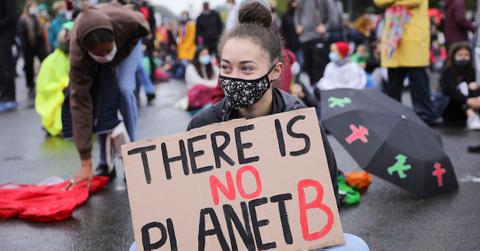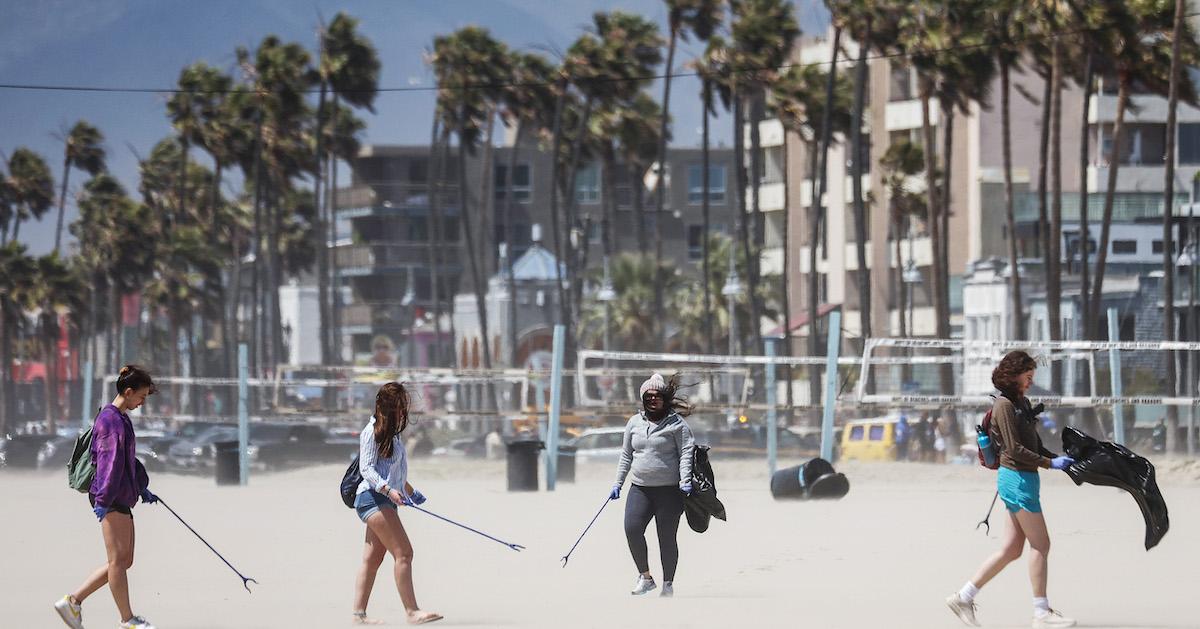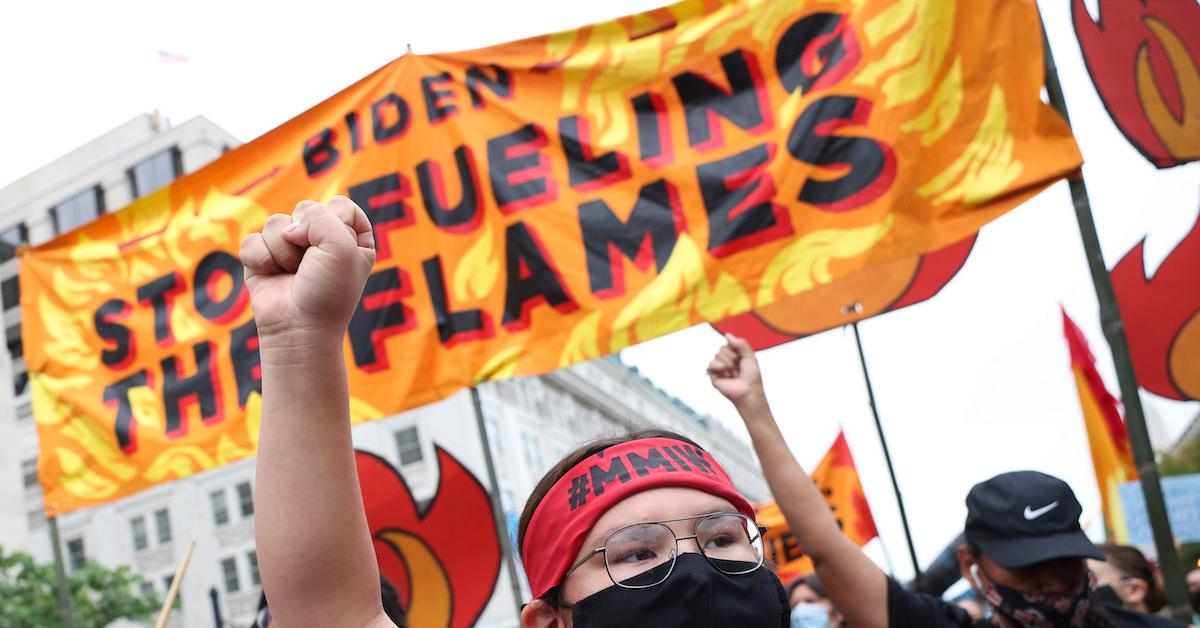What Is Climate Action? Here's How You Can Get Involved — and What Leaders Must Do
Updated April 14 2023, 1:06 p.m. ET

Climate activists gather on a “Global Day of Action” organized by the Fridays for Future climate change movement on Sept. 25, 2020 in Berlin, Germany.
To stop the climate crisis in its tracks, a lot of work needs to be done — and the work that needs to be done can all be classified under the umbrella of climate action. In fact, UN Secretary-General António Guterres has called for “urgent” climate action in response to the IPCC report on climate change.
But what is climate action, exactly?
What is climate action? Here’s how to take climate action on an individual level.
Climate action refers to doing something to help mitigate climate change, ranging from small individual choices to sweeping government efforts.
On an individual level, climate action can be as simple as making eco-conscious lifestyle choices, such as: going zero waste; becoming vegan, Climatarian, or anything in between; boycotting air travel; giving up your gas-powered car; donating to environmental charities; or participating in projects like beach cleanups. One might take these actions to the next level by sharing them with their friends, either in-person or by posting about them on social media.

Volunteers pick up litter on a windy Venice Beach as part of an Earth Day cleanup event with the Ecological Servants Project on April 22, 2022 in Venice, Calif.
Individuals can also take climate action by studying topics related to the climate, whether that means simply reading books or watching documentaries about climate change, or studying climate science at school. One might also consider a career that involves advocating for the climate, such as a job in climate science or in the environmental nonprofit sector.
Climate action vs. climate activism:
Sometimes, the phrase climate action is used almost interchangeably with the phrase climate activism. Climate activism, which is a form of climate action, refers to protesting, campaigning, or otherwise demonstrating with the goal of enacting tangible change from leaders.
Climate activism take the form of getting involved with an environmental organization; attending protests or climate strikes; calling or writing letters to government officials, industry leaders, and corporations; or holding an online campaign or petition — all while laying out clear demands from those in power.
Basically, climate action is whatever you do to take action to benefit the environment and fight against the climate crisis.
And the above examples only scratch the surface — no matter your skill set, free time, or level of dedication, there are endless ways that you can take climate action.
The point of individual climate action is to get governments, industries, and corporations to take climate action.

Climate protesters march to the White House on Oct. 12, 2021 in Washington, DC. The group was urging the Biden administration to do more to curb climate change and ban fossil fuels.
Climate action from individuals and organizations is absolutely necessary in this fight — but remember, the goal of their climate action is to get those with the most power (and who are responsible for the most emissions) to take climate action.
Climate strikes and campaigns often are aimed at government leaders, demanding that they enact laws to mitigate the climate crisis; for example, laws to keep fossil fuels in the ground, criminalize deforestation, and more. Whenever governments actually enact laws such as these, those are rare examples of governments taking climate action.
Other climate protests and campaigns are aimed at corporations and industries, demanding that they cease their destructive practices, such as: drilling for fossil fuels; dumping toxic waste; producing plastic; raising animals for products such as meat, dairy, eggs, leather, and wool; and setting rainforests on fire.
And on the rare occasions that industries and major corporations actually make these changes, they are taking climate action. (Unfortunately, corporations making donations to conservation charities or rolling out greenwashed collections of supposedly eco-friendly products do not count as climate action.)
UN Secretary-General António Guterres says climate action is “urgent.”
“To avert climate catastrophe, the main emitters must drastically cut emissions starting this year,” Guterres tweeted in April 2022, adding that the most important actions for governments to take are ending humanity’s fossil fuel “addiction” and scaling up renewable energy. “Every second counts. It's time for urgent #ClimateAction,” he added.
Guterres is the closest person we have to a leader for the entire planet, so it’s fair to hope that other leaders around the world will heed his warning — but in the meantime, that is what individual climate action is for.
This article, originally published April 26, 2022, has been updated.